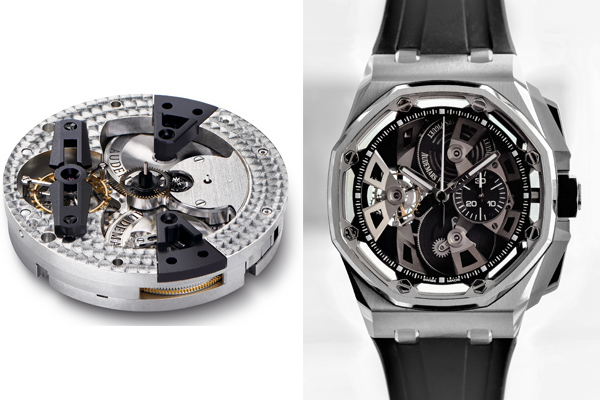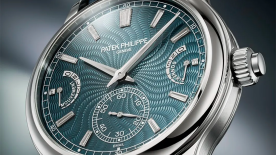There are two approaches to making a skeleton movement. The newest and most modern method is to create a calibre that is designed from the outset to have an openworked architecture. The lines and structures are thus an integral part of the design, through which the brand can express its message. This is Roger Dubuis’ usual procedure, and he uses it to create calibres with easily recognisable shapes, such as hearts or, more recently, stars. This method gives its creator almost total freedom.

The second, older and more traditional option, brings up different constraints. Here, the starting point is an existing movement, in which openings are carved. The challenge is to rework an existing system without jeopardising its functionality or its strength. This exercise in working within such strict parameters is demanding, as it severely tests the malleability of the movements and the manufacturing process of the movement. Despite these difficulties, however, some watchmakers find they have ample room for expression, both through the openworking itself, but also through the finishes that can give the watch a specific mood.
Parmigiani’s calibre PF707, for example, features a micro-rotor in constant motion, which the watchmaker has chosen to showcase by skeletonising the movement above it. The matt finishes and the gentle lines of the calibre remain in the traditional spirit of the Tonda 1950 family.

Patek Philippe fully exploits the possibilities offered by its calibre 240. In a rare exercise, the movement is hollowed out and pared away to create the Ref. 240SQU, which then defines the ethereal Calatrava ref. 5180. In keeping with the spirit of the brand, the skeletonisation is extreme, leaving only a delicate tracery in place. But every remaining beam, stem, arm and flat surface is meticulously polished, chamfered or engraved where its shape permits. Patek Philippe considers skeletonisation a traditional, precious and rare craft, and it certainly shows here.
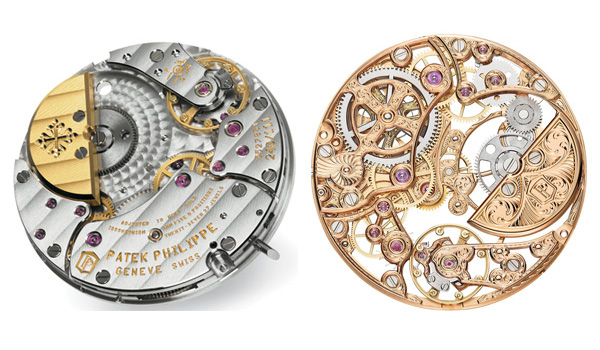
The approach taken by Vacheron Constantin is just as traditional but even more extreme. The shaped movement of the Malte Tourbillon, the calibre 2795, is almost unrecognisable after it has been sawn and drilled to remove the majority of the metal. The engraved motif is an extrapolation of the brand logo, a Maltese cross (particularly appropriate for this model) covering every surface of the entire movement.
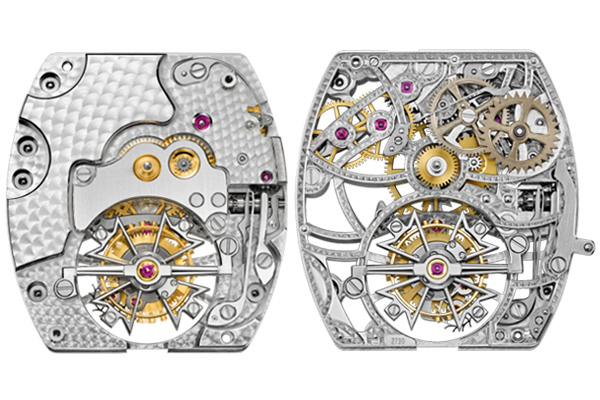

But not all skeletonisation approaches are this traditional, and this is particularly true where the calibre itself is intrinsically iconoclastic. The calibre GP9400 that drives the Girard-Perregaux Neo Tourbillon features three black openworked bridges that stretch over the top of the movement. Creating a skeletonised version required taking a different approach, because the most visible elements were already openworked. But GP found the solution: remove the floor. The elements on the underside of the movement, the baseplate essentially, are nibbled away to bring more light into the Neo Tourbillon Three Bridges Skeleton, which is illuminated from below.
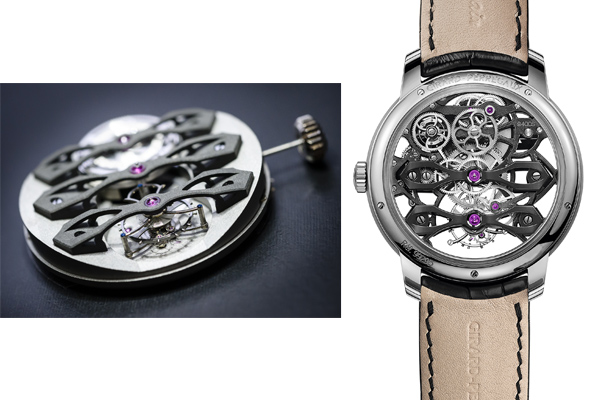
Audemars Piguet has effected an even more radical transformation on the new Royal Oak Offshore Tourbillon Chronograph. The calibre 2933 shows that problems are there to be solved. The 2018 version of this seven-day chronograph tourbillon movement, known as the calibre 2947, is notable not just for its degree of transparency but for how its shapes have been modified. The previously solid black bridges have become three-dimensional objects that highlight the depth of the movement and the watch. The bridges’ anchor points are altered, as is the way the movement is fitted inside the case, a role now shared by the Royal Oak’s eight signature bezel screws. This completely changes the way in which the calibre is put together, rendering it almost completely unrecognisable. And in the process, it creates a watch with an entirely new appearance.
